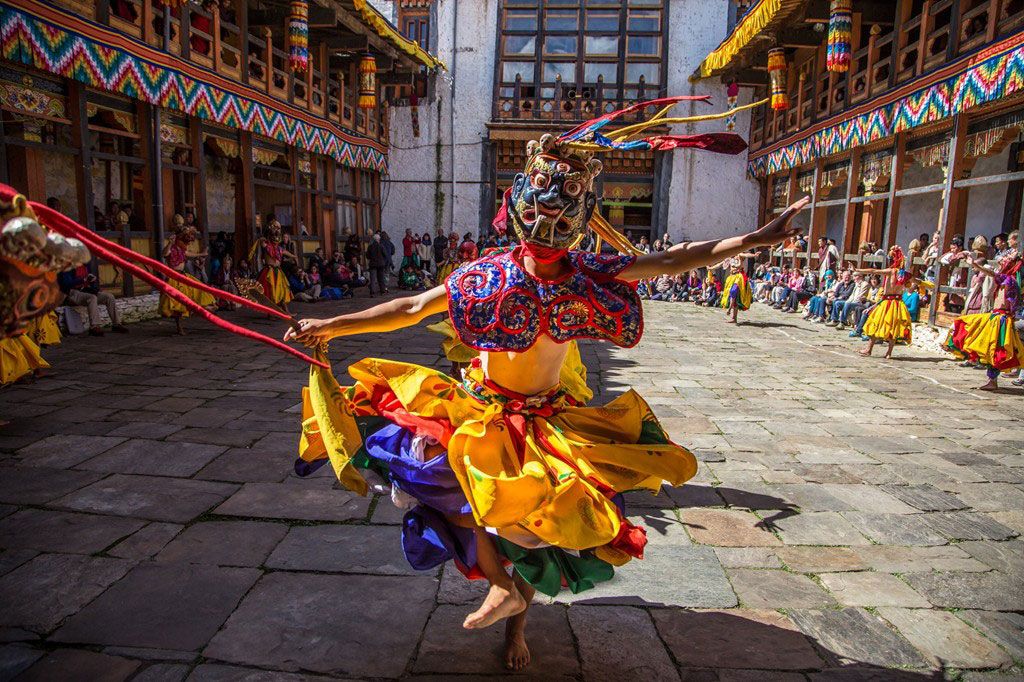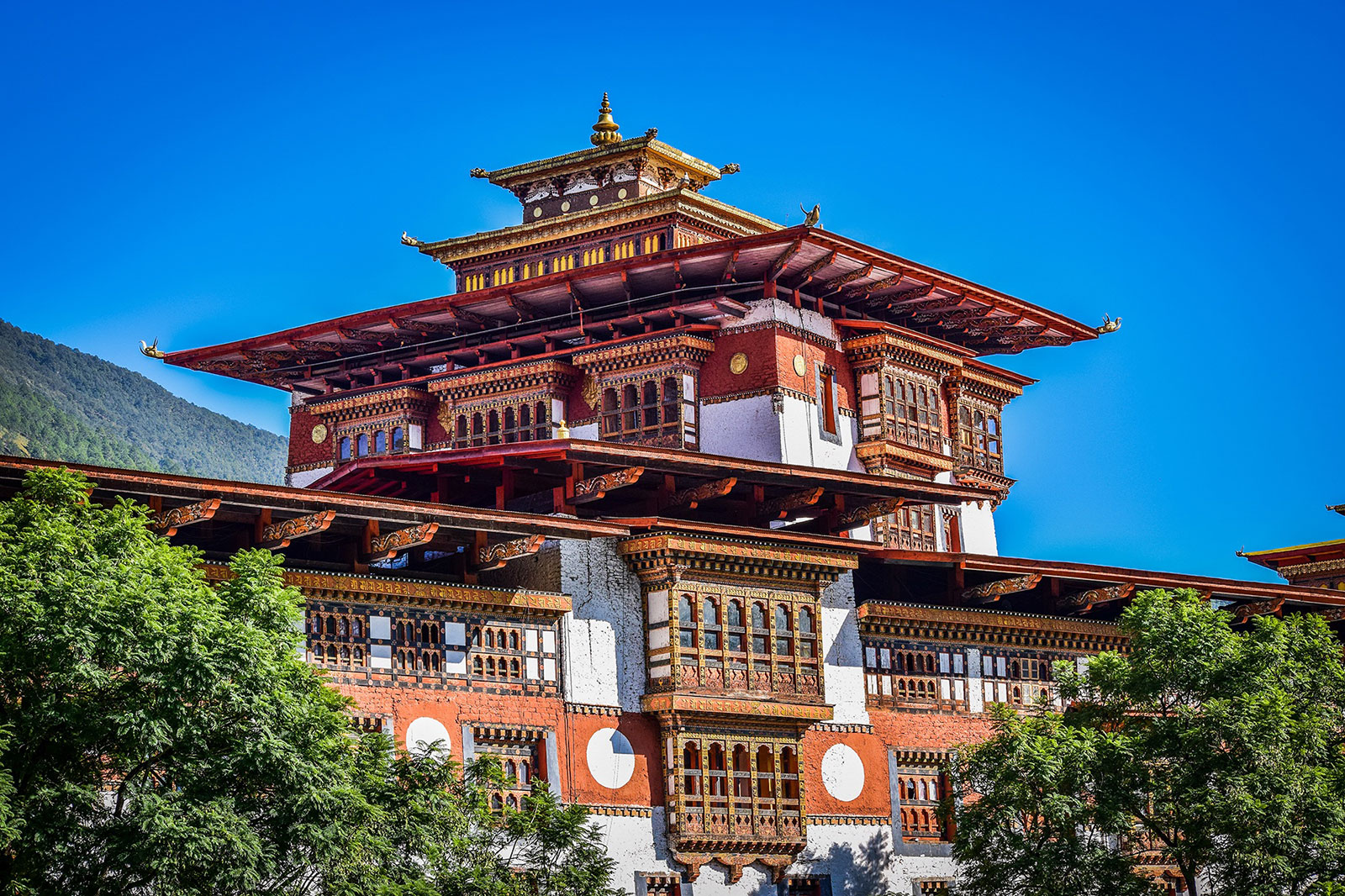This Bhutan Rodung La trek used to be the most important trade route to eastern Bhutan before the motor able road was built. This route is hardly used at present but one cannot ignore the good trek it provides. The route can be seen as an extension of the Snowman Trek ending in Bumthang. The combination of the Snowman and Rodung La treks connects the country from the west in Paro to Trashi Yangtse in the extreme east. The trek does not lead to really high altitude but it is tough as it involves long steep descents and ascents, depending on the side you start the trek. After the trek you will not deny that Rodung La trek is one of the toughest in Bhutan.
Note: The trekking tour program does not include the total duration. Please select the trek of your choice and contact us. We will send you the program and duration. You can also combine the trek with the cultural tours. The trek which is less than five nights is the cultural trek that is done with the cultural tours.
Duration: 10 days
Maximum Elevation: 4160m
Highest Camp: 3680m
Standard: Medium to hard
Best Seasons: October-early November and April-early May
Start: Toktu Zampa, Bumthang
Finish: Trashi Yangtse
Day 1: Jakar – Ngang Lhakhang
(Distance: 20km, Duration: 6-7 hours, Camp altitude: 2800m)
The route takes you around Chamkhar Chhu, a river rich in trout. After passing Thangbi Lhakhang, a temple built by the first Karma Shamar in 13th century, you enter Ngang Yul, ‘Land of Swan” and at its center is Ngang Lhakhang, the “Swan Temple”. This part of the valley was inhabited by swans long ago and hence the name of the place. The Lama Namkha Samdrup, having dreamt a vision of where to build a temple, shot an arrow and at the spot where the arrow landed, the Ngang Lhakhang was erected.
Day 2: Ngang Lhakhang – Ugyenchholing
(Camp altitude: 2850m)
You will have gentle climb to Phephe La pass (3353m). Follow the trail until the pass takes you through one of the most stunning forested areas of this region. You can have few stops to enjoy the natural beauty of the surroundings. You will reach Ugyenchholing Palace that houses one of the most interesting museums of Bhutan.
Day 3: Ugyen Choling – Phokphey
(Distance: 17km, Duration: 5-6 hours, Ascent: 920m, Camp altitude: 3680m)
Today you will walk through bamboos, hemlock and finally up to an alpine forest. The camp is in a meadow on the top of the valley.
Day 4: Phokphey – Pemi
(Distance: 20km, Duration: 7 hours, Ascent: 480m, Descent: 1160m, Camp altitude: 2950m)
Rodung La (4160m) is about three hours climb from the camp. From the pass you then continue downhill through a gorge, overlooking some of the mountain valleys. The region is well known for its sightings of ghosts and yetis. Towards the camp you see pine trees. The ruined stone building used to be the grain storehouse during the times of the first and second king.
Day 5: Pemi – Khaine Lakhang
(Distance: 21km, Duration: 8 hours, Ascent: 350m, Descent: 1340m, Camp altitude: 2010m)
This trail winds up and down, passing through the villages of Ungaar, Bulay, Kulaypang and Gomda till you reach Drula village and Khaine Lhakhang en route. It is one of the oldest temples in existence today, built in mid 7th century by the King Songtshen Gampo of Tibet to subdue demons.
Day 6: Khaine Lakhang – Tangmachu
(Distance: 18km, Duration: 6-7 hours, Ascent: 520m, Descent: 810m, Camp altitude: 1720m)
From your camp, the trail goes down to a stream and back up to a basic health unit and community school in Gorsam. Further on, you pass a Tibetan-style Umling Mani, built by a lama from Tibet, and a chorten on Zerim La (1940m). Before reaching the next pass, Tage La (1760m) you will see Menjabi, a beautiful Bhutanese village with large white houses. South-east of Tage La is Tangmachu High School. About 400 students study in this school. There is a campsite near the school. Another possibility is to organise transport and drive to the capital of Lhuentse district, with its impressive dzong.
Day 7: Tangmachu – Menji
(Distance: 16km, Duration: 4-5 hours, Ascent: 690m, Descent: 620m, Camp altitude: 1830m)
You will arrive Kuri Zampa and the trek from here is gradually up through the paddy fields and villages to Chusa.
Day 8: Menji – Pemi
(Distance: 20km, Duration: 6-7 hours, Ascent: 620m, Camp altitude: 2450m)
Continue uphill through thick forests overlooking mountain views. The camp is under forest shelter at an altitude of 2400m.
Day 9: Pemi – Taupang
(Distance: 21km, Duration: 8 hours, Ascent: 1450m, Descent: 1450m, Camp altitude: 2450m)
Continue up to Dongla where you will have fascinating views of the mountain. Descend through thick evergreen forests till you reach campsite.
Day 10: Taupang – Trashi Yangtse
(Distance: 24km, Duration: 8-9 hours, Descent: 720m)
Today is the longest trek. It is a gradual downhill trek till Yangtse through chir pine and hardwood forests, and then oak in the sub tropical forest zone.









